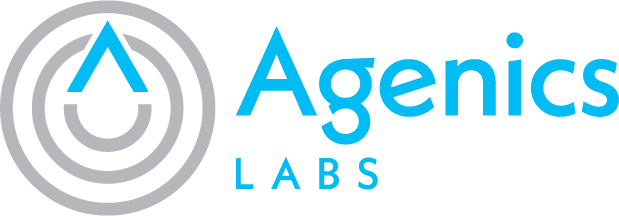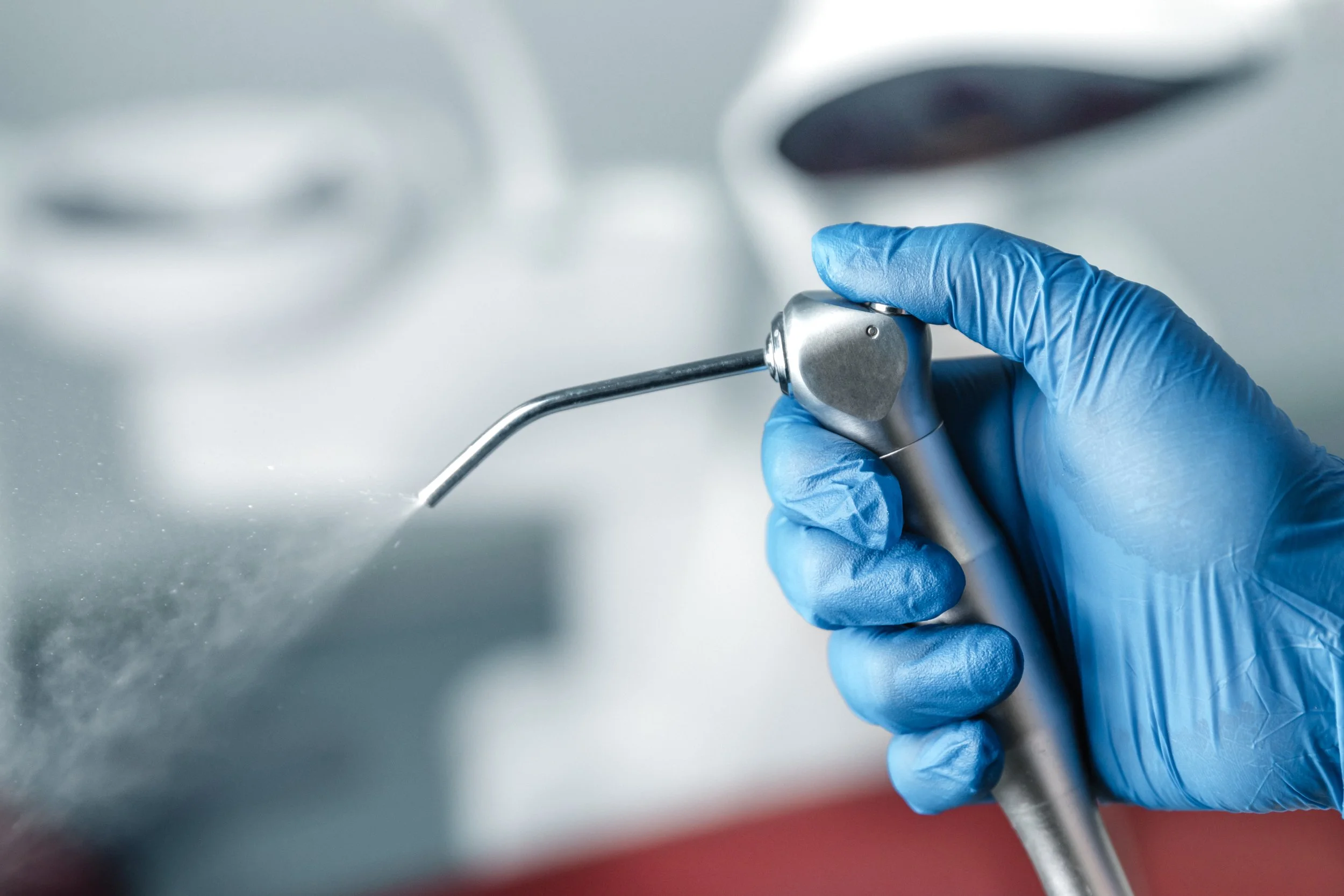Agenics Academy Blog
HEALTHCARE’S TRUSTED RESOURCE FOR WATER EDUCATION
Currently Trending:
Source Water Options: Selecting the Right Water for Your Dental Practice
AAMI ST108: Redefining Water Quality Standards in Sterile Processing
Monitoring and maintaining water used in sterile processing helps prevent healthcare-associated infections, meet compliance standards, and build trust with patients and staff. In this blog, we’ll break down what ST108 means for your facility and what is needed to achieve compliance.
Dental Water Sampling Best Practices
Ensure safe, compliant dental waterlines with expert sampling tips from Agenics Labs. Learn the best methods, documentation steps, and remediation protocols to protect patients and meet CDC and ADA standards.
Shocking Best Practices
Maintaining safe, compliant dental waterlines requires more than daily tablets or straws—effective biofilm control demands regular “shocking.” In this comprehensive guide from Agenics Labs, dental professionals will learn the science behind shocking dental unit waterlines (DUWLs), when and how to perform it, and why it’s critical for infection control and patient safety. Discover step-by-step procedures, expert recommendations from the CDC and ADA, and practical tips to ensure your waterlines consistently meet EPA standards (≤500 CFU/mL). From understanding EPA product claims to learning how to safely use bleach and other disinfectants, this guide equips dental teams with evidence-based best practices for waterline management. Proper shocking isn’t just compliance—it’s an essential part of patient protection and clinical excellence.
The 2025 Comprehensive Guide to Dental Waterline Regulations
Stay ahead of evolving compliance demands in dental care with this definitive guide to waterline regulations. From the Centers for Disease Control and Prevention’s benchmark ≤ 500 CFU/mL standard to state-specific requirements in Georgia and Washington, learn exactly what your practice must do—maintain written protocols, treat and test dental unit waterlines, remediate failures, keep records, and train your team. Protect patient safety, ensure audit readiness, and navigate the regulatory landscape with confidence.
Washington Dental Water Quality - What You Need to Know
Stay compliant with Washington's dental waterline regulations under WAC 246-817-660. Learn testing requirements, infection control policies, and how Agenics Labs helps dental practices meet EPA water quality standards and protect patient safety.
Source Water Options: Selecting the Right Water for Your Dental Practice
Choosing the right source water for your dental practice is critical for infection control, waterline safety, and equipment longevity. Not all water is created equal—distilled, reverse osmosis, purified, tap, and spring water each carry unique benefits and risks that impact treatment product performance and compliance with CDC and ADA guidelines. This guide from Agenics Labs breaks down the best (and worst) water options for dental unit waterlines, explains how CFU, TDS, pH, and alkalinity affect outcomes, and provides actionable recommendations to keep your patients safe and your equipment protected.
Georgia Dental Water Quality Rule 150-8-.05
Effective July 20th, 2025, dental practices in Georgia are required to test dental unit waterlines quarterly in accordance with Georgia Rule 150-8-.05. This rule builds on the CDC guidelines for dental water quality to meet the EPA limit of 500 CFU/mL. Learn how to comply and find the best test options for your practice.
Georgia Dental Rule FAQ
Here, we’ll provide answers and guidance to the most frequently asked questions in relation to the new law in Georgia regarding dental unit water quality (and DUWL quality in general). The new regulations are effective as of July 20, 2025.
The Impact of Wildfires on Source Water: Critical Considerations for Dental Offices
The recent wildfires in Southern California have been devastating, affecting communities, businesses, and essential resources like drinking water. As dental practitioners work to rebuild and support their patients, it’s important to understand the potential risks to water quality and take proactive steps to ensure a safe and reliable supply for patient care.
Your trusted provider of water testing and analytics for the healthcare industry.
862 Highway 105, Palmer Lake, CO 80133
SHOP
LEARN
CONNECT
Call Us: 719-466-5592
Email Us: support@agenics.net










